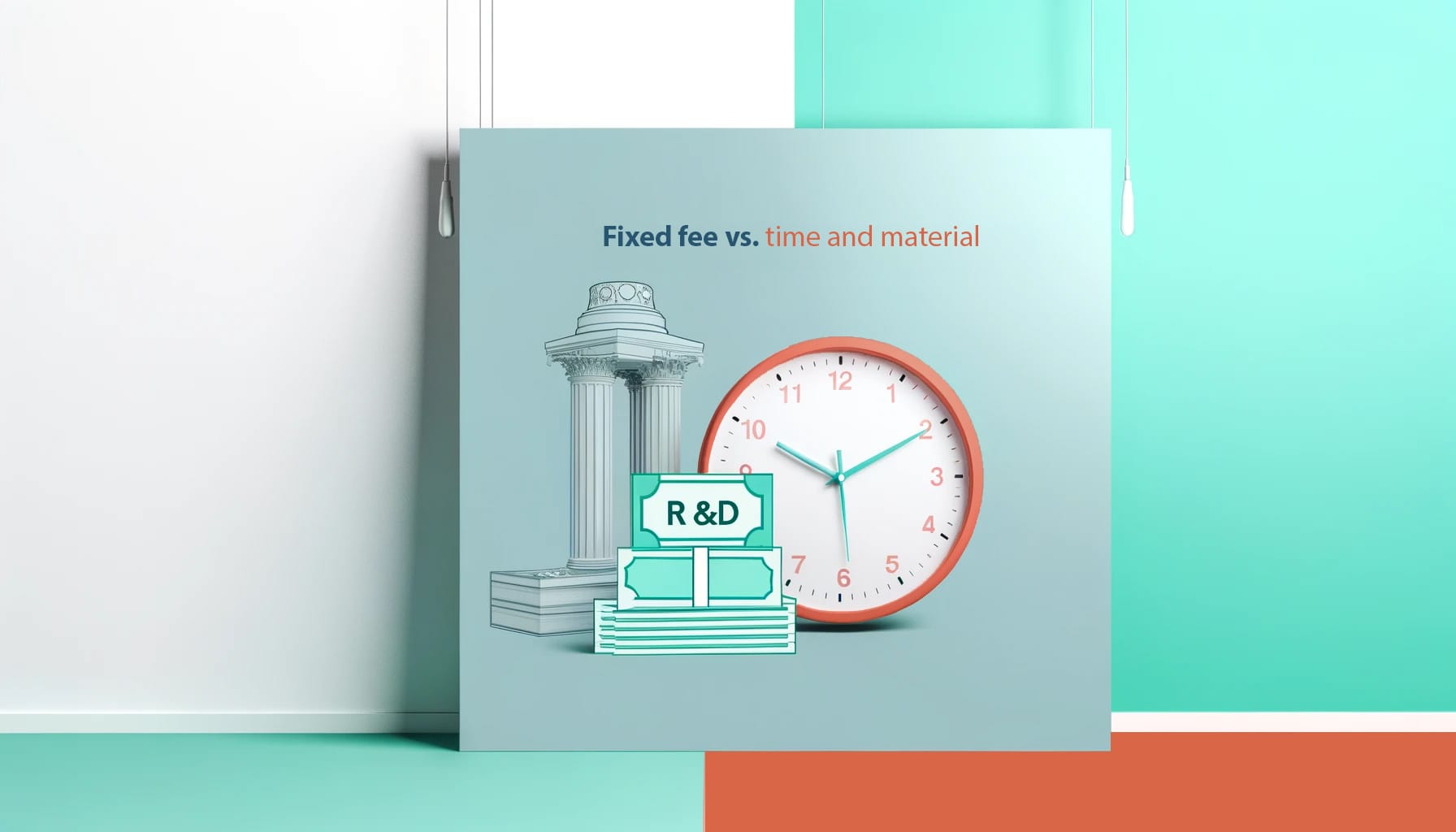Research and development (R&D) tax credits are a powerful financial incentive for companies willing to push the boundaries of innovation. These credits reward businesses that invest in developing new products, processes or technologies—essentially encouraging them to take risks that benefit society as a whole.
However, not all R&D projects qualify for tax credits. To make the most of this valuable benefit, it's crucial to understand how different project structures impact your eligibility.

Financial Risk: A Key Factor in R&D Tax Credits
The philosophy behind R&D tax credits is rooted in the idea of rewarding companies that embrace financial risk in pursuit of innovation. After all, bringing new ideas to life is inherently risky. There's no guarantee that a novel concept will translate into a successful product or process. R&D tax credits are designed to offset some of this inherent risk, providing companies with a financial incentive to persevere through the unknown.
Financial risk, in the context of R&D tax credits, refers to the possibility of losing money or resources invested in research and development activities. This can encompass a variety of expenses, such as personnel costs, materials and prototyping. The key takeaway is that the project's outcome is uncertain; there's a chance the R&D efforts won't yield a commercially viable end product.
Fixed Fee Projects and Assumed Risk
A fixed-fee project structure is characterized by a predetermined price the client agrees to pay for the completion of the R&D work, regardless of the actual costs incurred by the company performing the research.
Let's illustrate this with an example: Imagine a company specializing in software development agrees to create a new inventory management algorithm for a client. They set a fixed fee of $100,000 for the project. If the development process ends up costing the software company $80,000, they make a profit. However, if unexpected challenges arise and costs climb to $120,000, the company loses $20,000 on the project.
In a fixed fee structure, the company performing the R&D bears the financial risk. They are essentially betting that they can successfully complete the work within the agreed-upon budget. This inherent risk is what makes fixed fee projects potentially eligible for R&D tax credits.
Time and Materials: Minimizing Risk for the Contractor
In contrast to fixed fee, a time and materials (T&M) project structure means the client pays for all hours worked by the company plus any materials used during research and development. There is no predetermined cap on how much the project will cost the client.
For example, let's say a company charges an hourly rate of $100 for its developers. They estimate a project might take 1,000 hours, but that's just a starting point. If difficulties occur or the project scope expands, it might end up taking 2,000 hours. Regardless of whether the end product is successful or not, the company gets paid for all those hours worked.
With time and materials, the client assumes the majority of the financial risk. The company performing the R&D is shielded from substantial financial loss since they are guaranteed payment for their effort. This relative lack of financial risk for the developer typically makes activities conducted under T&M contracts less likely to qualify for R&D tax credits.
The Grey Areas
It's important to acknowledge that the world of project contracts isn't always black and white. There are hybrid models—such as time and materials with a “not-to-exceed” cost ceiling—that might involve a degree of shared risk. These scenarios often require a more nuanced analysis to determine whether they qualify for R&D tax credits.
The best approach is always to consult with a qualified tax professional who specializes in R&D tax credits. They can help you assess the specific terms of your project agreements and determine the potential eligibility of your research activities.
Conclusion
Understanding the financial implications of fixed fee versus time and materials contracts is crucial for maximizing R&D tax credits. Fixed fee arrangements, where the company performing the R&D bears the risk, often qualify more readily for these credits. On the other hand, time and materials contracts are less likely to qualify due to the reduced financial risk for the developer.
For businesses looking to capitalize on R&D investments, strategic planning with a tax expert can make all the difference. Engineered Tax Services offers specialized guidance to optimize your project structures and tax benefits. Reach out today to ensure your innovation pays off!




